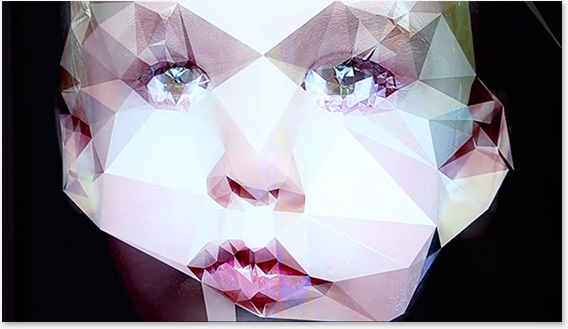The magic of light
- Квартиры посуточно — hth24 Apartments
- News
- The magic of light

White nights in the Northern capital soon pass, but their beauty will help to replace the exhibition "Magic of Light", which will certainly appeal to our guests renting an apartment in St. Petersburg.
Light is one of the first things that meets the newly born child. Each of us in early childhood was first confronted with its properties in the form of a magnificent rainbow in the sky.
ancient nature of light troubled researchers and ordinary people. Even in ancient Greece was the first attempt to explain its nature. Very naive, but still it was a first attempt. For example, Aristotle explained the ability to see coming from the eye the rays that seem to "feel" the surrounding objects, and give us an idea about them and the world. However, this hypothesis does not explain why people can not see in complete darkness.
Despite the erroneous views in Ancient Greece were already known optical laws of reflection and refraction of light, and the ancient Roman writer Lucretius, the first time was even first proposed his corpuscular theory. The middle ages almost no information was given about the properties of light. But in the Renaissance began a very quick study of nature and particularly of light. Huge contributions to physics made by the great physicist Isaac Newton, who discovered the phenomenon of dispersion of light. Newton was the founder and an ardent supporter of the corpuscular theory, although open to them, the variance was a fact confirming the wave theory of light, which was later proved by other researchers.
the Corpuscular theory had its development, and the main confirmation of the phenomenon of the photoelectric effect, which was theoretically proved in 1905 by the outstanding physicist albert Einstein. The work of Planck gave us an insight into the quantum nature of light.
Everyone knows that faster than light is nothing. Light is the only physical object in our world which moves through space with enormous speed of 300 thousand km per second.
And all these facts about the nature of light does not prevent us to admire its different game.Modern scientific knowledge and technology allows to create optical effects and materials with amazing properties, which only further delight us with the "power" light.
Saint Petersburg is a scientific center of the country and there is also the Institute of fine mechanics and optics, and thanks to his staff, the former house of the Eliseev brothers, where previously was located the Institute, and organized the exhibition "Magic of Light".
the exposition represented a collection of holograms, various light installations and optonline. Among holograms present world famous artists, works of art, including jewelry. Jewelry was courtesy of the Faberge Museum. Among the installations there is a color shade interactive installation "Magic forest", Tesla balls and music on.
In the courtyard of the exhibition is the laser theatre LUX AETERNA," is an unusual theater, because the actors here are lasers, lenses, prisms and mirrors, and the role of the stage performs a planetary dome, but the action takes place in this theater laws.
the

the exhibition is located at the address:
SPb, Exchange line VO, 14.
Time:
Mon-Thu from 11 to 21 hours
Fri-Sun from 9 to 21 hours.
tickets:
Grace - 300 roubles for schoolchildren, students and pensioners)
Full - 400 rubles.
the theatre "LUX AETERNA" is possible only when visiting the main exhibition.
Cost of 200 rubles, students 150 rubles, students 100 rubles, children free.
Hurry up to enjoy the beauty and visit the exhibition that will run until 31 October 2015.











